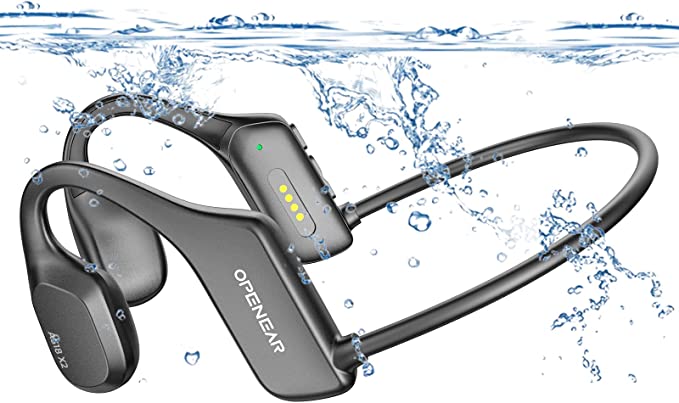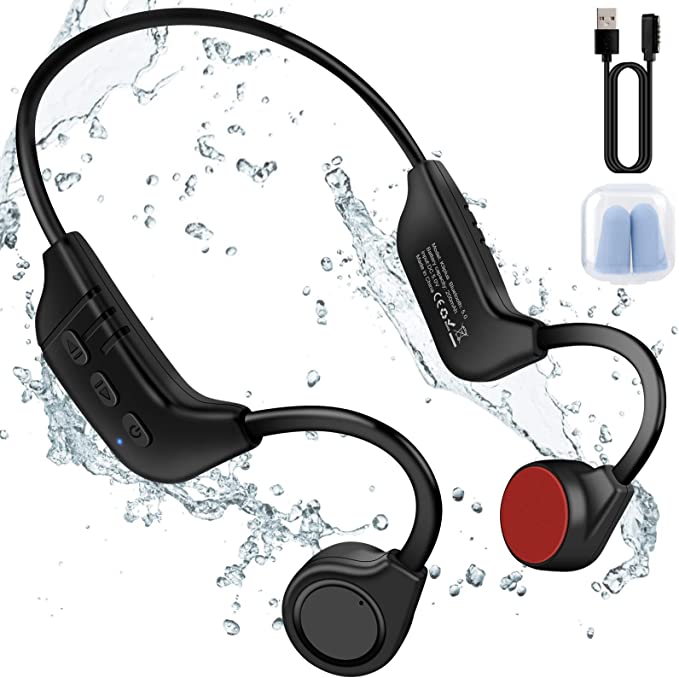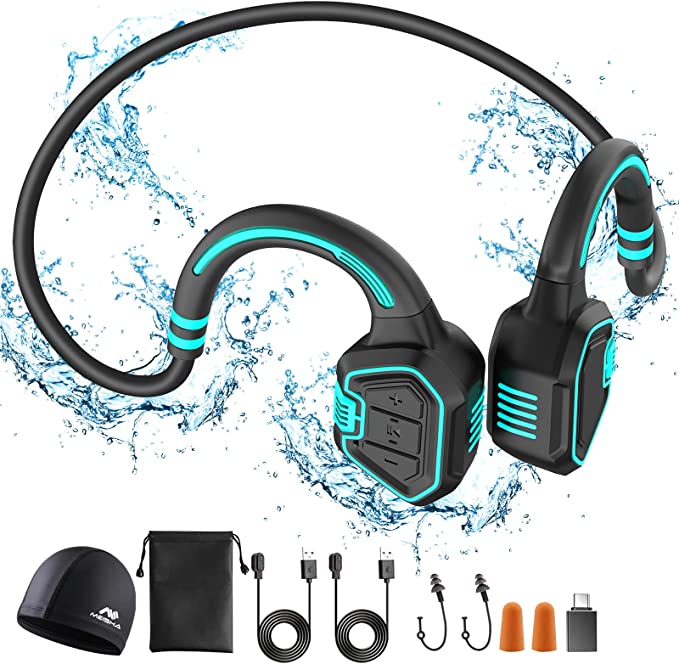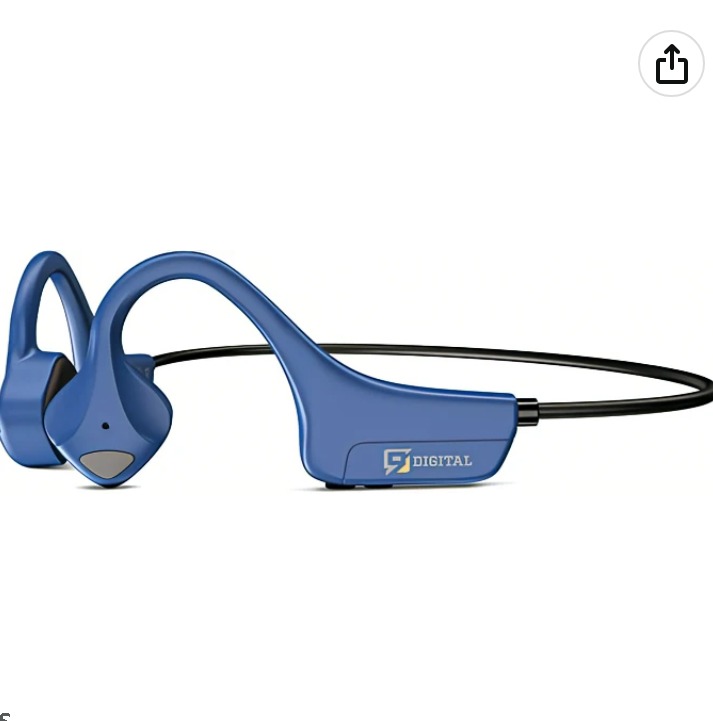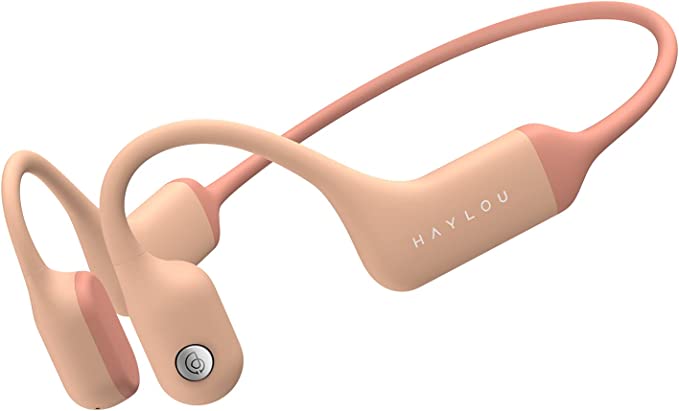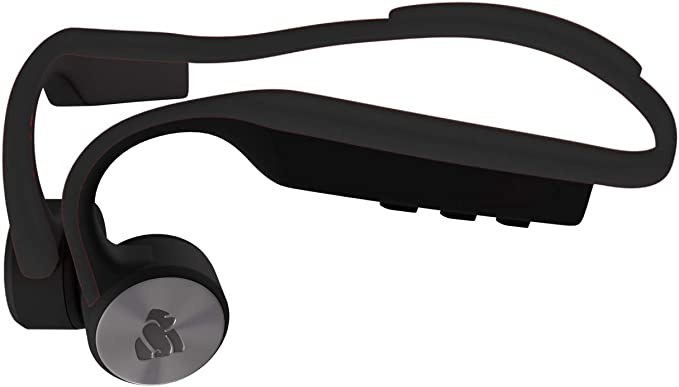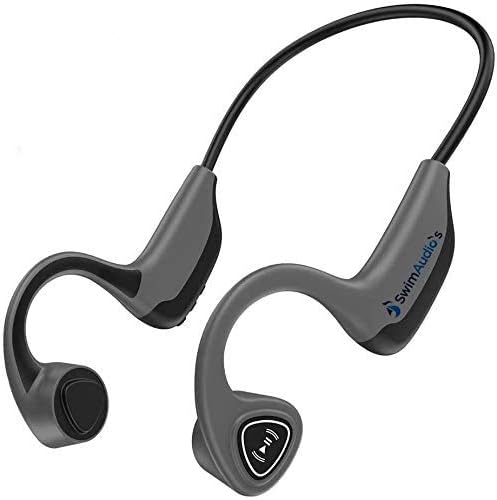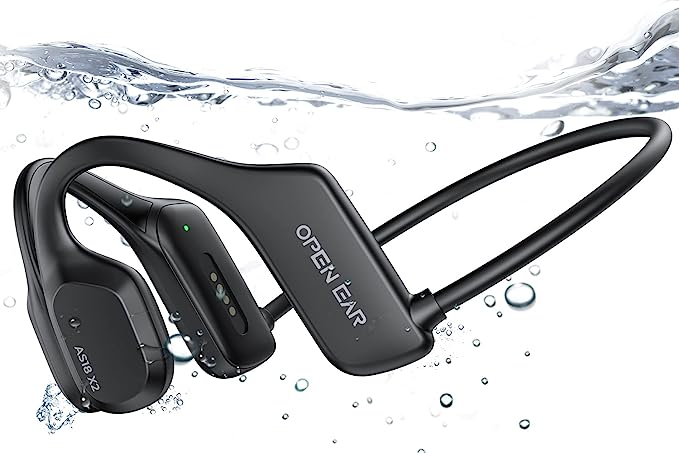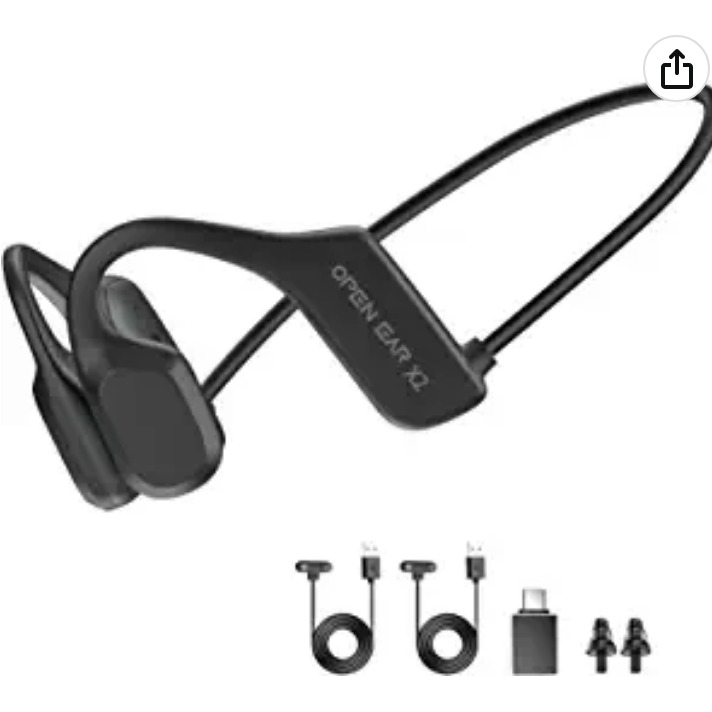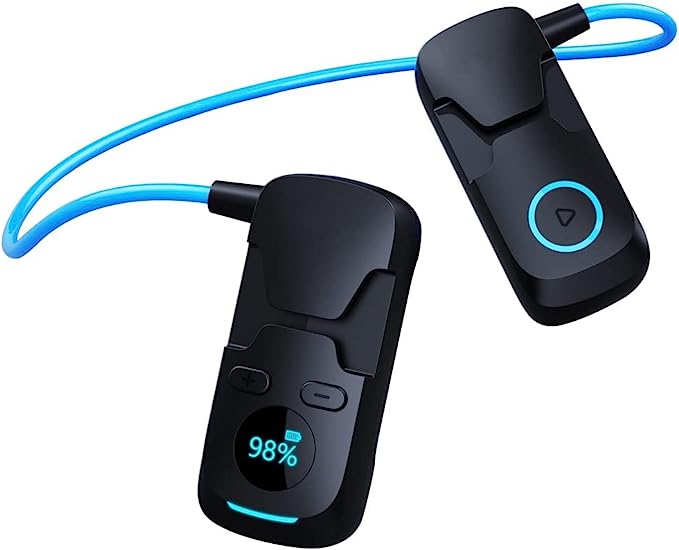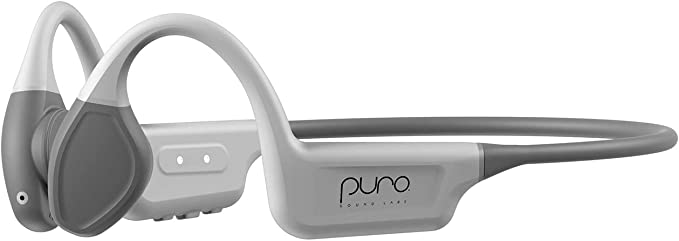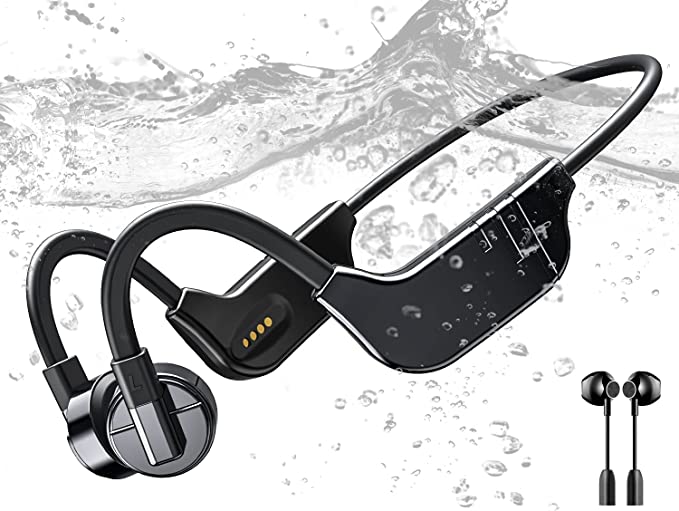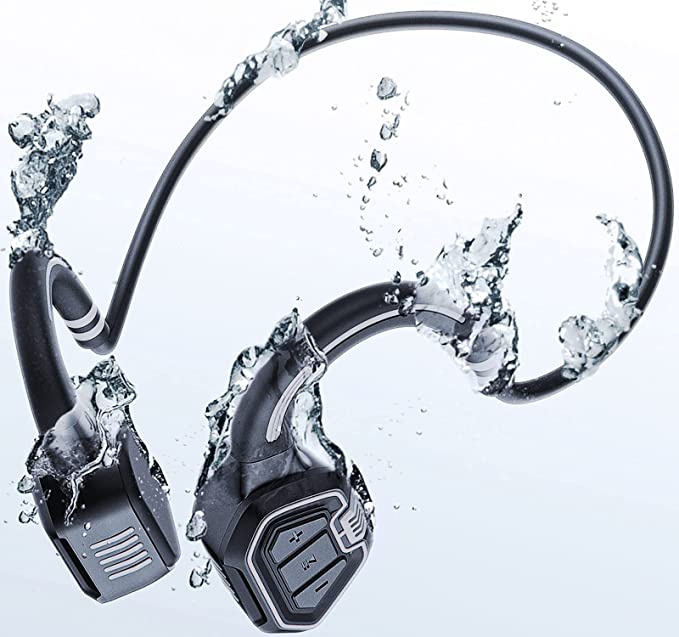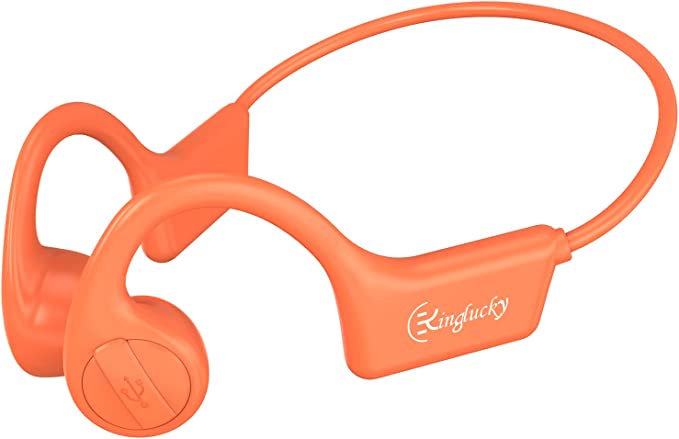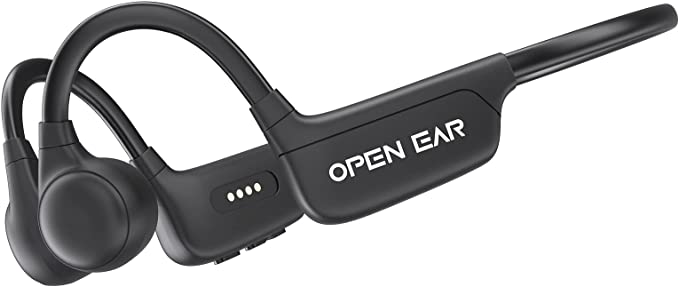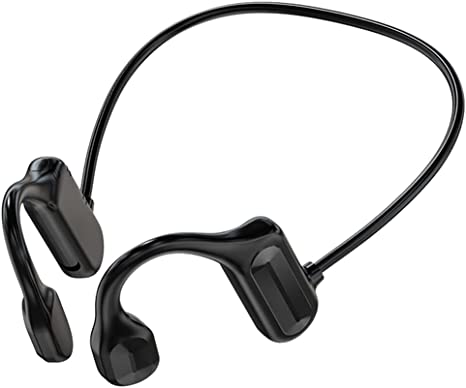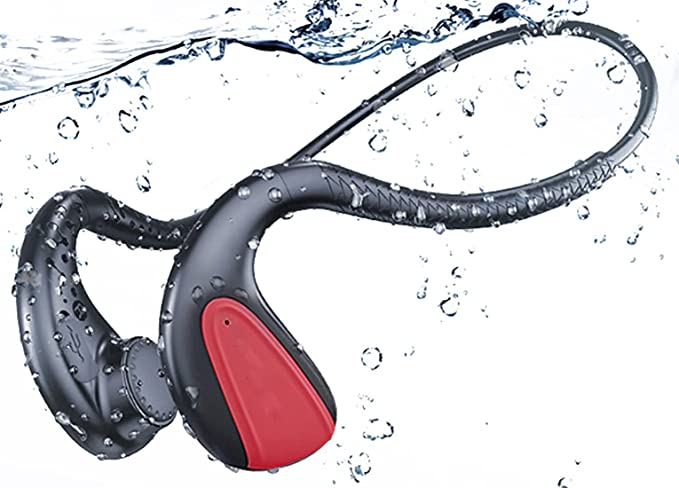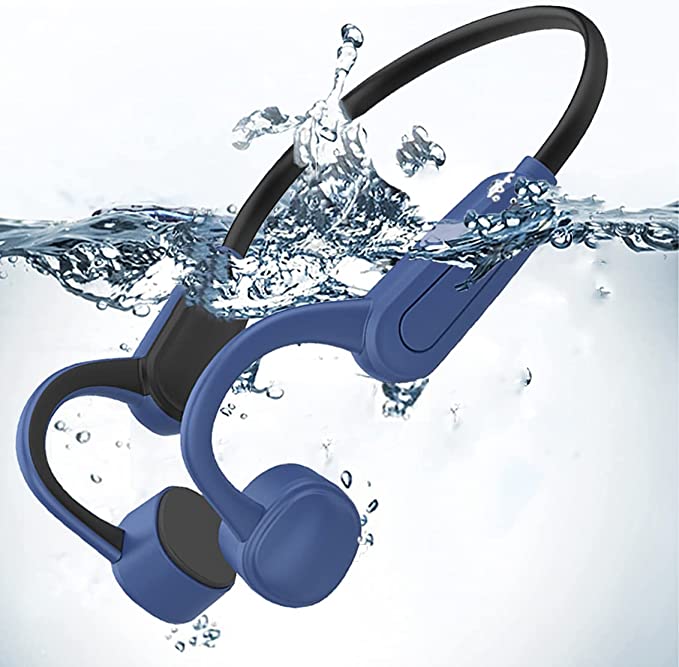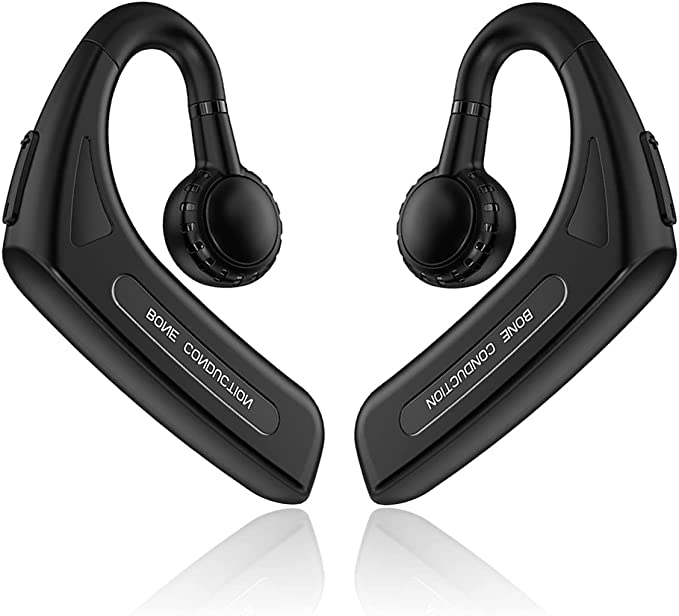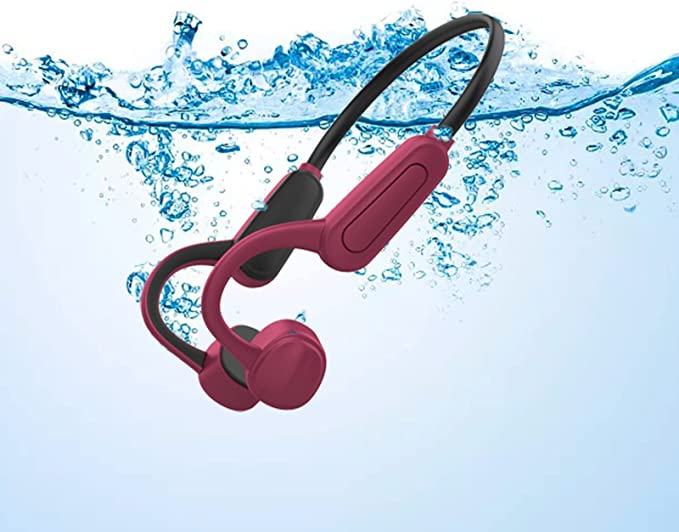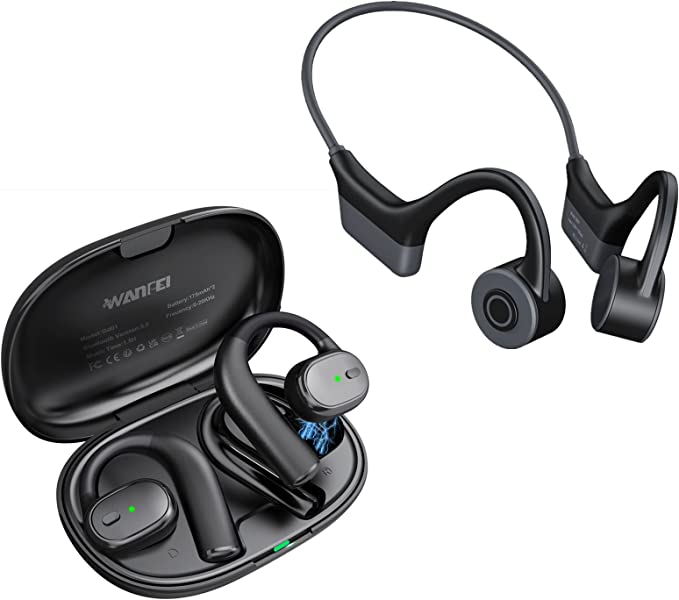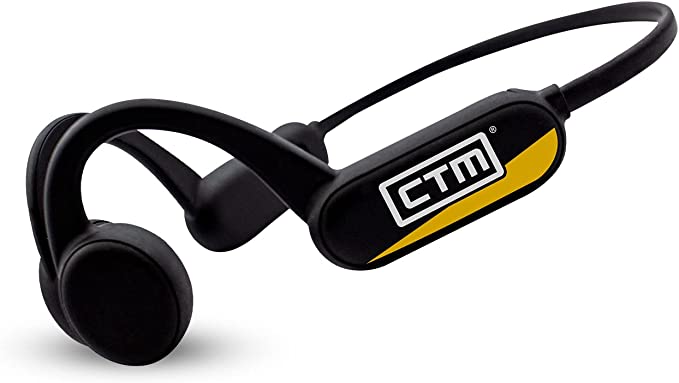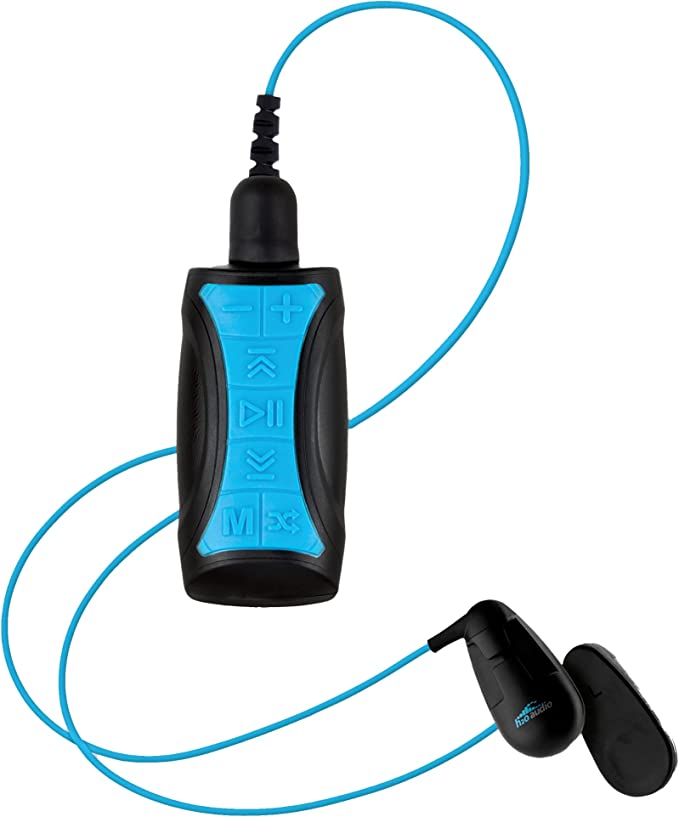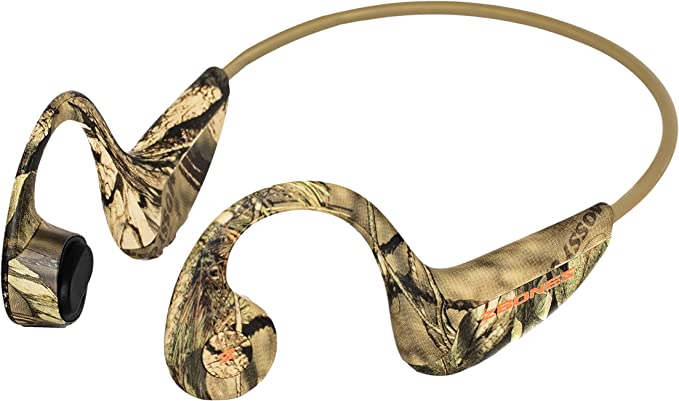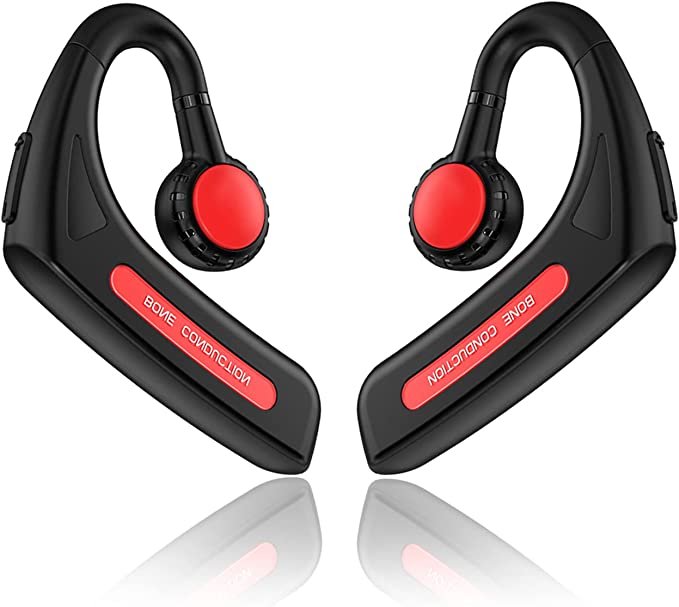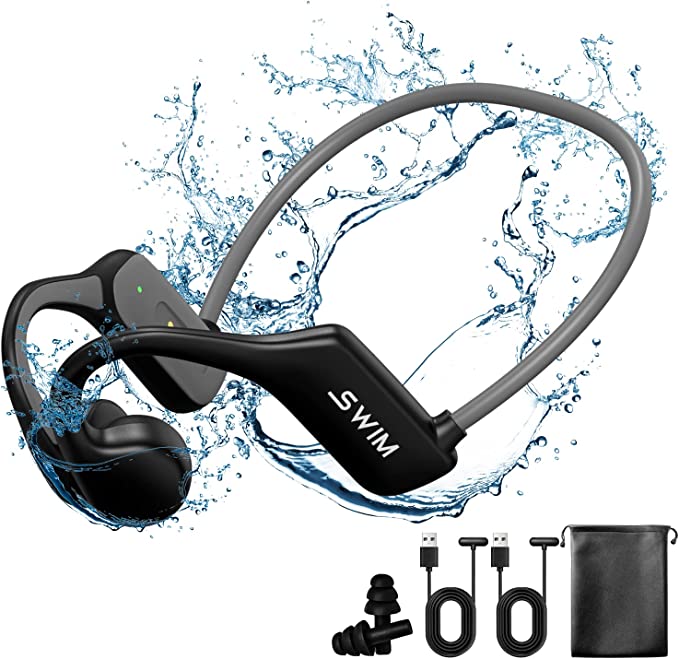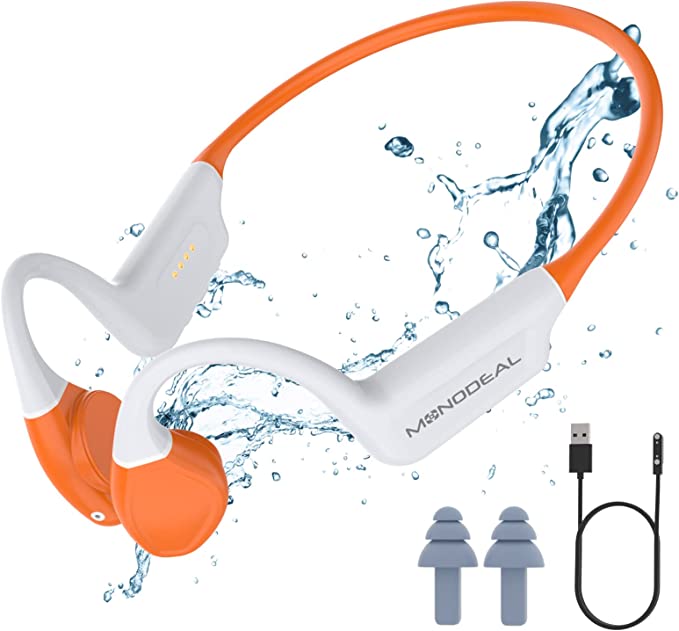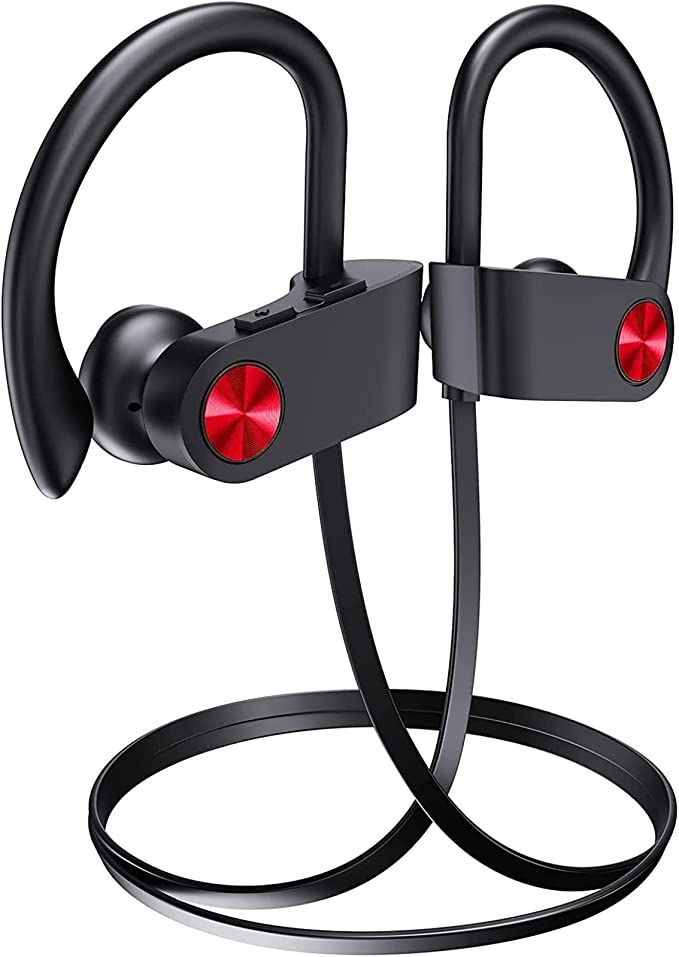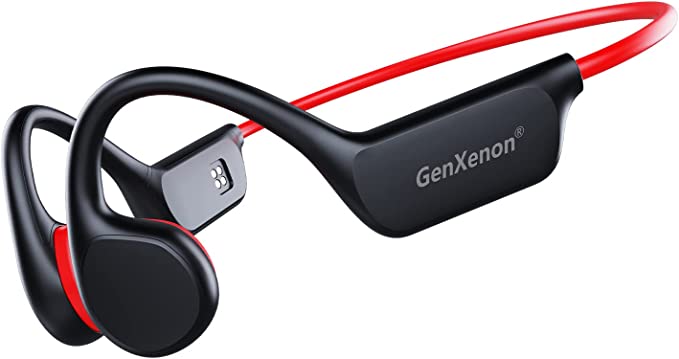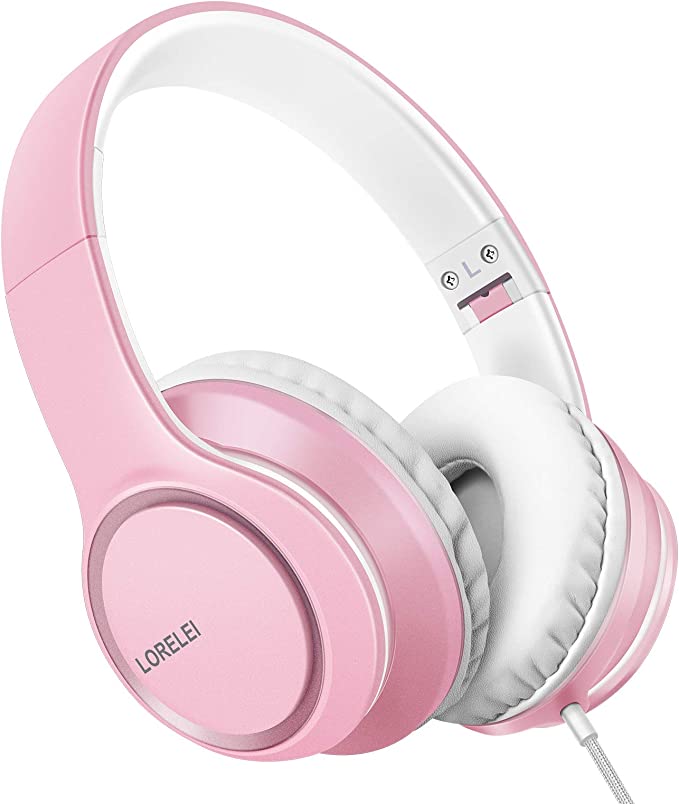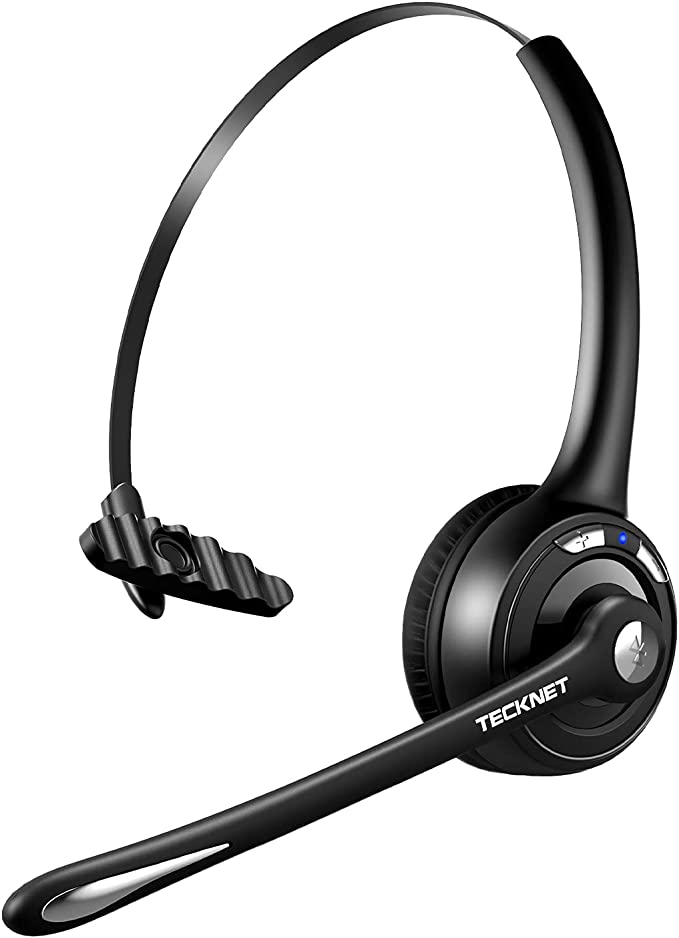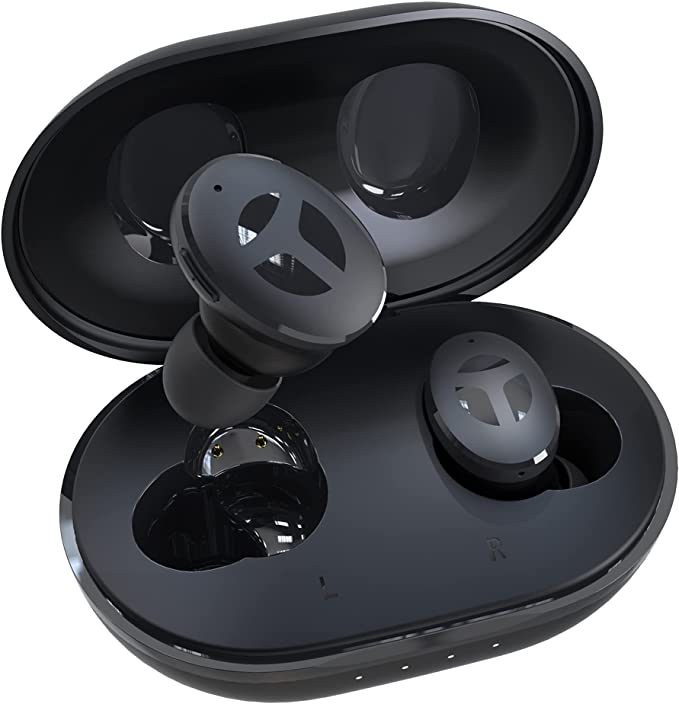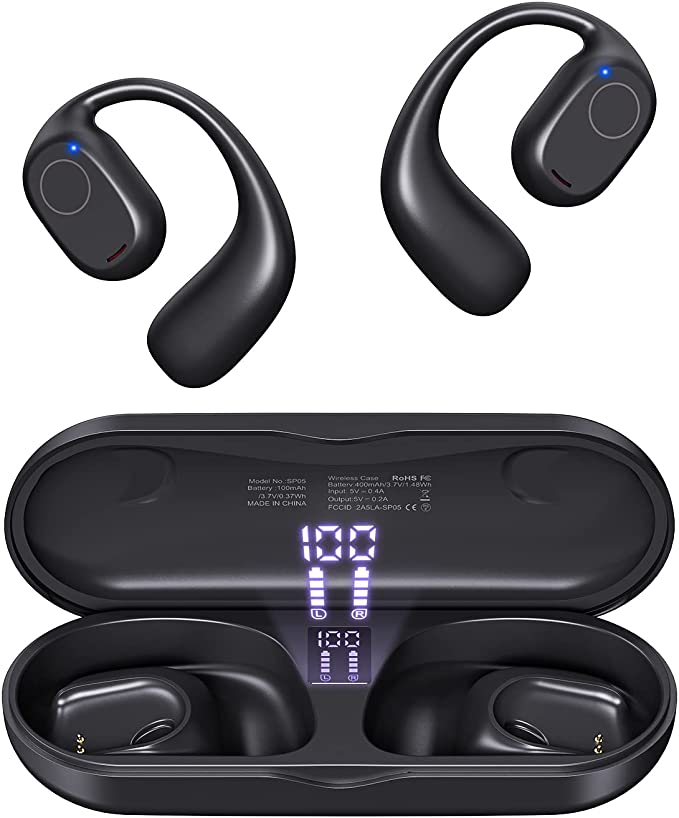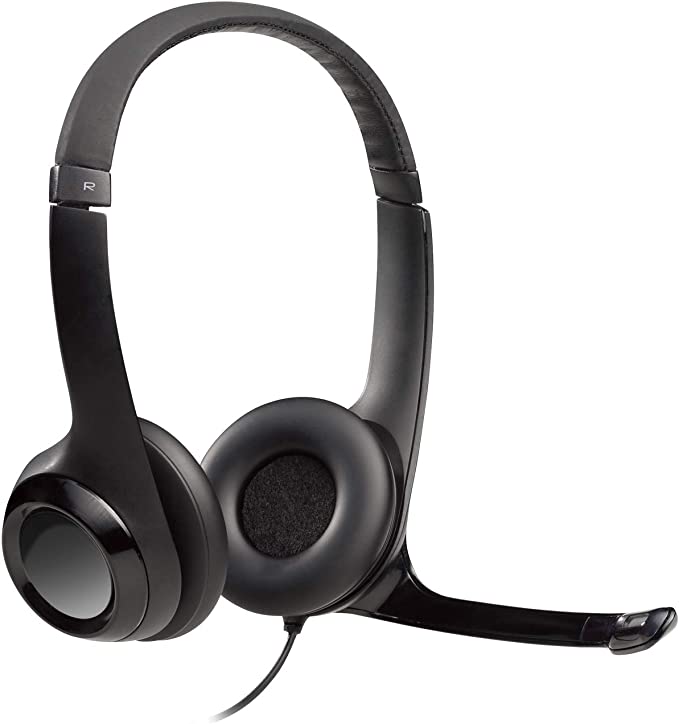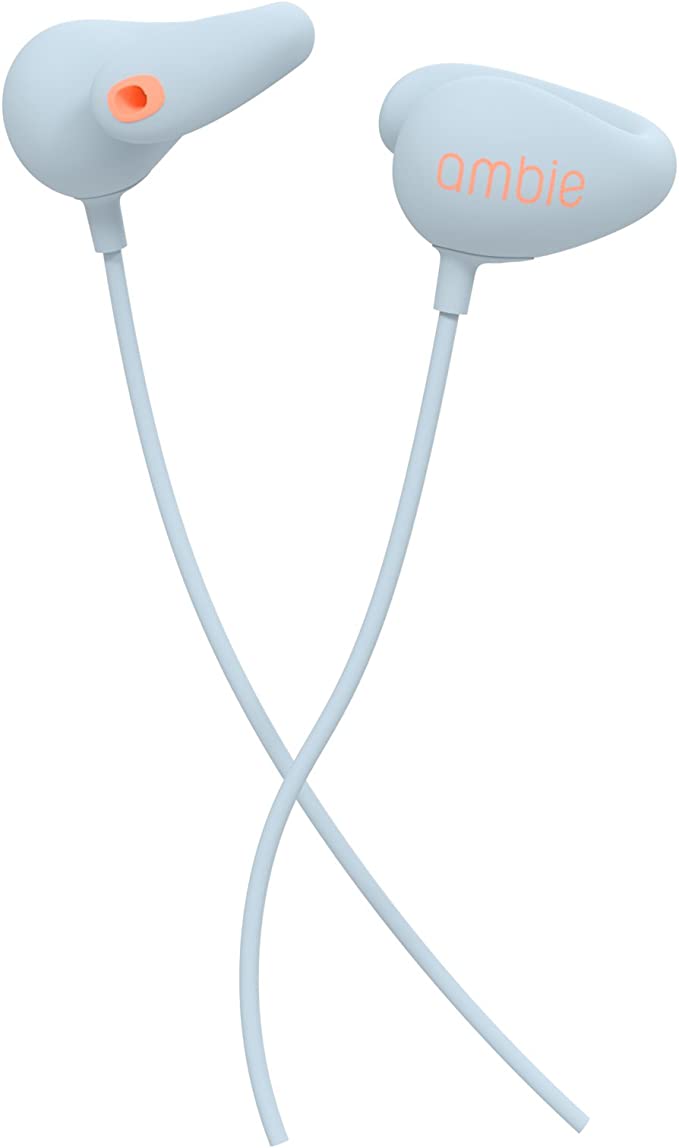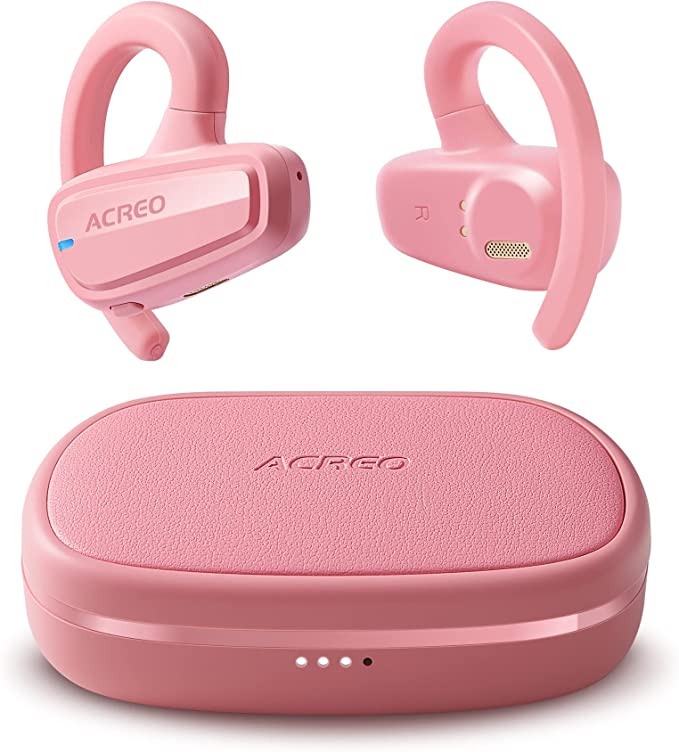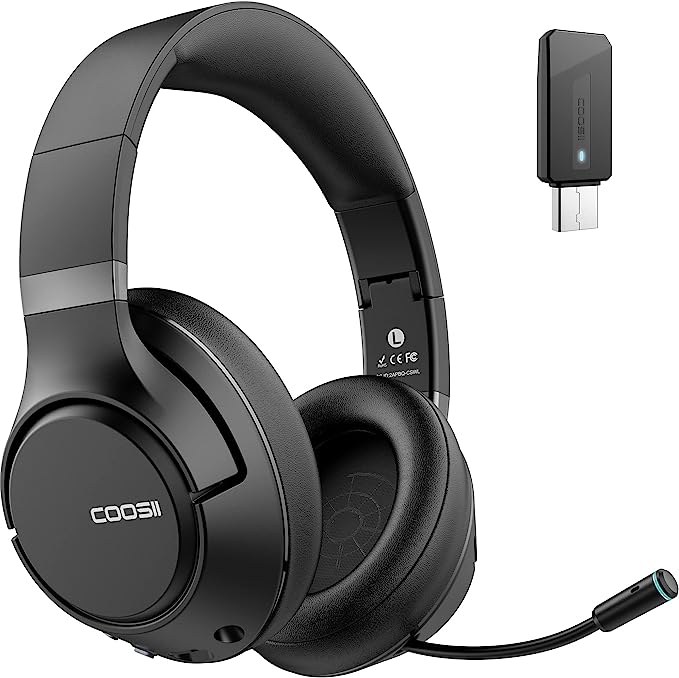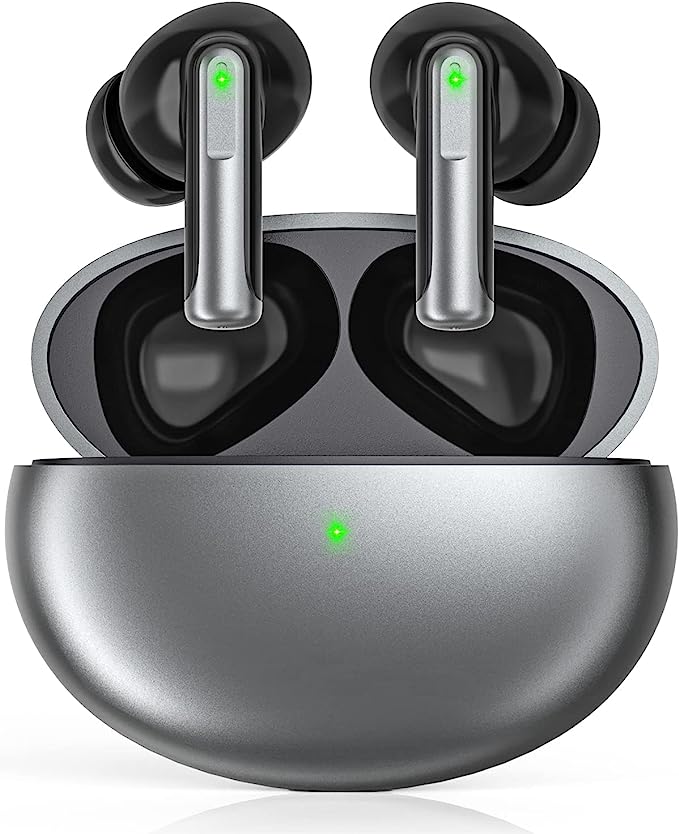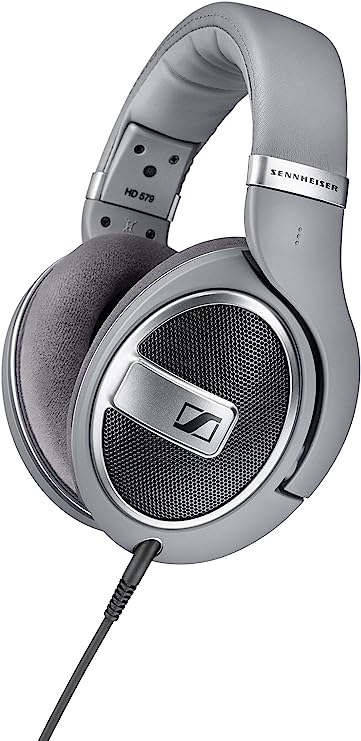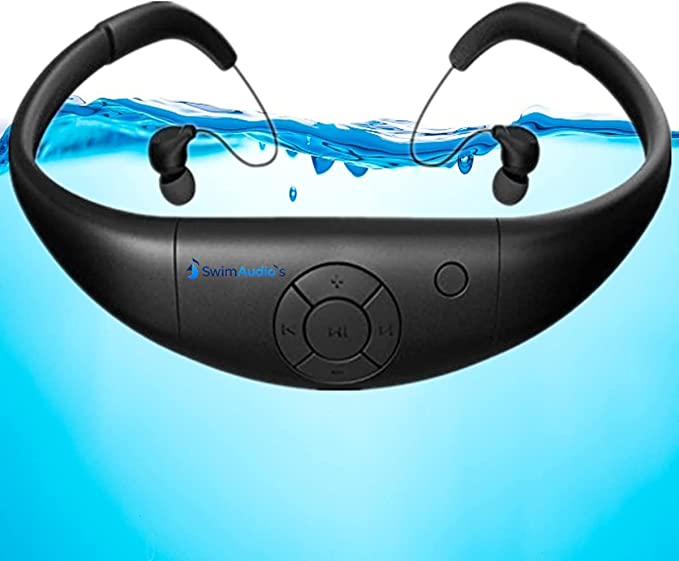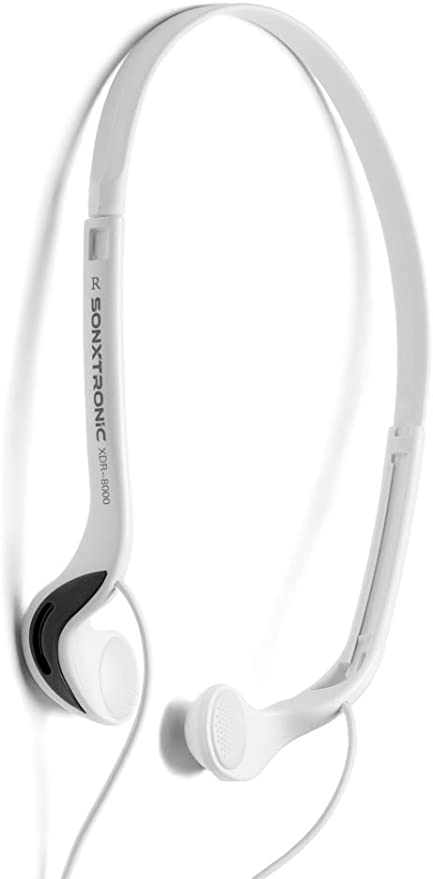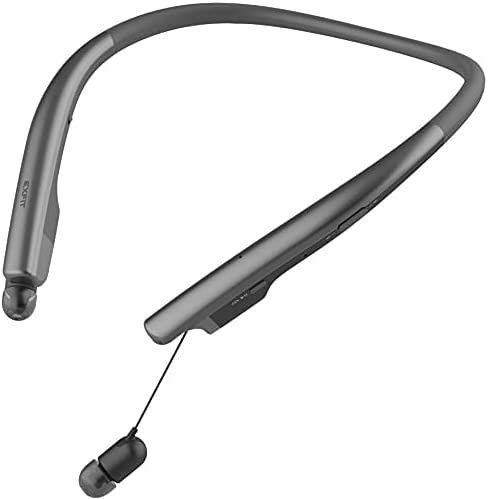Unlocking Sound: The Science Behind Rumatas X6 Pro Bone Conduction Headphones for Active Living
Update on June 25, 2025, 1:11 p.m.
For many, the soundtrack of an active life—the rhythm for a morning run, the podcast accompanying a cycle, or the energizing beats for a swim—is delivered through traditional headphones or earbuds. Yet, these familiar companions often present a paradox: to immerse in sound, we often isolate ourselves from the world. The runner might miss the subtle warning of an approaching vehicle; the swimmer is usually left in silence, as Bluetooth signals surrender to the water. What if there was a way to hear your personal audio and the vibrant symphony of your surroundings simultaneously, comfortably, and even underwater? This isn’t a far-fetched dream but the reality offered by technologies like bone conduction, exemplified in devices such as the Rumatas X6 Pro Bone Conduction Wireless Headphones. Let’s journey beyond the ear canal and explore the fascinating science that makes this possible.

A Whispering Skull: The Astonishing Science of Bone Conduction
The concept of hearing through bone vibrations isn’t new. Legend has it that Ludwig van Beethoven, as his hearing deteriorated, discovered he could still perceive the notes of his piano by biting onto a conducting rod pressed against the instrument. This was, in essence, an early encounter with bone conduction. Traditional hearing, or air conduction, involves sound waves traveling through the air, vibrating the eardrum, which then transmits these vibrations through the tiny bones of the middle ear (ossicles) to the cochlea, the inner ear’s spiral-shaped, fluid-filled transducer that converts mechanical energy into electrical nerve impulses for the brain to interpret as sound.
Bone conduction offers a clever detour. Instead of entering the ear canal, transducers placed on the bones of the skull—typically the cheekbones or temporal bones in front of the ears—generate subtle mechanical vibrations. These vibrations travel directly through the skull to the cochlea, effectively bypassing the eardrum and middle ear. Imagine feeling the deep bass resonate through your body at a live concert; bone conduction is somewhat like having a miniaturized, full-spectrum version of that sensation delivered directly to your inner ear.
This “alternative audio pathway” brings two significant advantages, especially for active individuals or those sensitive to in-ear devices:
1. Situational Awareness: Because the ear canal remains open, you’re not acoustically sealed off. You can still hear traffic, conversations, a bicycle bell, or any other ambient sounds crucial for safety and environmental interaction. It’s like having a personal soundtrack without losing touch with reality.
2. Comfort and Hygiene: Many find traditional earbuds uncomfortable, causing pressure, pain, or a “plugged” sensation, especially during extended wear or sweaty activities. Bone conduction headphones, by resting outside the ear, alleviate this. There’s nothing inserted into the ear canal, which can also be a boon for ear hygiene.
The Rumatas X6 Pro is engineered to harness these benefits. Its frame, crafted from “memory titanium alloy,” acts as a lightweight (the entire headset is “only 30 grams”) yet resilient chassis for these sound-delivering vibrations. Titanium alloys are renowned for their high strength-to-weight ratio and flexibility, allowing the headset to conform to various head shapes with a secure but gentle grip. The points of contact are cushioned with “lightweight silicone,” a soft, skin-friendly material designed for prolonged comfort. It’s an ergonomic approach aiming to make the headphones feel almost like an extension of oneself, rather than a cumbersome accessory.

Making Waves, Literally: Conquering Water with Sound
For swimmers, enjoying music has long been a technological hurdle. The primary challenge? Water is notoriously inhospitable to the radio waves that Bluetooth technology relies on. Bluetooth typically operates in the 2.4 GHz frequency band. Water molecules are very effective at absorbing energy at these frequencies, drastically reducing the signal’s range to mere inches, if it penetrates at all. This is why your Bluetooth headphones, so reliable on land, effectively go silent the moment they are submerged.
The Rumatas X6 Pro tackles this aquatic acoustic barrier with a straightforward and effective solution: a “built-in 32G memory” MP3 player. This transforms the headset into a self-contained audio system, independent of any external device or wireless signal. You load your music or audiobooks directly onto the headphones, liberating your swim sessions from the tyranny of Bluetooth’s aquatic limitations. And with 32GB of storage, Rumatas states it “can store about 8000 songs.” To visualize this, imagine an average MP3 file of around 4MB (a common size for a 3-4 minute song at a decent bitrate); 32GB (which is approximately 32,000MB) could indeed hold thousands of tracks, enough for countless laps and diverse playlists. It’s your personal, waterproof jukebox.
Of course, to play music underwater, the device itself must be impervious to it. The X6 Pro boasts an “IPX8 Waterproof” rating, described as a “professional deep waterproof design.” The IP Code (Ingress Protection Code), standardized by the International Electrotechnical Commission (IEC 60529), rates the degree of protection provided by enclosures against intrusion from solid objects (first digit) and liquids (second digit). The ‘X’ in IPX8 means the device hasn’t been specifically rated for dust ingress (or the manufacturer chose not to provide this rating), while the ‘8’ signifies the highest level of liquid ingress protection. It means the equipment is suitable for continuous immersion in water under conditions specified by the manufacturer, which usually exceeds 1 meter of depth for extended periods. This level of waterproofing is a significant engineering feat, requiring meticulous sealing of all seams and components.
A critical component in maintaining this waterproof integrity, especially for a rechargeable device, is the charging interface. The X6 Pro employs a “Magnetic Port Charge.” This design eliminates the need for an open USB port, which is a common point of water ingress. The magnetic connector snaps into place, and Rumatas highlights that its “metal contacts that are oxidation-resistant, secure and durable.” Oxidation resistance is particularly vital for a device exposed to sweat, chlorinated pool water, or even saltwater, all of which can corrode standard metal contacts over time. As a practical care tip, the product information advises: “You need to wipe off the water on the surface after use and leave it for two hours before using [likely meaning before charging].” This simple step helps ensure any residual moisture evaporates, preventing potential issues when electricity is introduced.

The Unseen Engine: Powering Your Auditory Adventures
Reliable wireless connectivity (when on land) and ample playtime are foundational to a good wireless audio experience. The Rumatas X6 Pro incorporates “New Bluetooth 5.3.” Each iteration of Bluetooth brings refinements, and version 5.3 continues this trend, generally offering improvements in connection stability, energy efficiency (contributing to longer battery life), and potentially faster pairing and lower latency compared to older standards like Bluetooth 4.x. It ensures a robust connection to your smartphone, laptop, or tablet within the typical effective range of up to 10 meters (33 feet).
To keep the music going, the headset is equipped with a battery providing up to “10 H Long Battery” life on a single charge. This is substantial enough for a full day of mixed use, several long workouts, or an extended bike ride. When it’s time to refuel, a “quick full charge in 2 hours” means minimal downtime, getting you back to your audio quickly.

Voices from the Field: Real Experiences with the X6 Pro
While technical specifications paint a picture of capability, user experiences, as shared in the product ratings, add valuable real-world context. Fernando Sanchez, for instance, found the “sound quality was extremely satisfying,” highlighting that the “bass vibrations were high to the point it sounds like car speakers!!!” This suggests the bone conduction transducers are capable of delivering a palpable low-frequency response, a common concern with some bone conduction designs. Desiree W. praised the comfort of the open-ear design, especially having struggled with in-ear buds, and confirmed the “10 hours is definitely accurate” for battery life, while still being able to “hear others around you.”
For swimmers, AQUA MAN’s review is particularly insightful: “Totally waterproof so far and volume is good… On all accounts this device works perfectly, beautifully [in MP3 mode underwater].” He also offers a practical tip for a secure fit during laps: “put the headset on your head AND THEN put your goggles on over the ear buds wires which forces it to ‘stick’ to your head.”
However, no single design perfectly suits everyone. Tim and B. A. Roberts both mentioned the fit, with Tim wishing it was adjustable as it hung off his neck, and Roberts, comparing it to another brand (Shokz), initially found the fit challenging for his “6’-0” male of German/English decent” head, though he later adapted. This highlights a potential consideration: the X6 Pro, like many bone conduction headphones, appears to have a fixed-size neckband, which might offer a different fit experience for individuals with varying head sizes or neck circumferences.

Conclusion: Hear the World Anew
The Rumatas X6 Pro Bone Conduction Wireless Headphones are more than an alternative way to listen to music; they represent a convergence of several technologies—bone conduction acoustics, advanced waterproofing, efficient wireless communication, and material science—all aimed at enhancing how we integrate audio into active and everyday life. They offer a solution to the long-standing compromise between immersive sound and environmental awareness, between enjoying audio during rigorous activity and maintaining comfort.
The journey of sound, from Beethoven’s conducting rod to sophisticated wearable tech like the X6 Pro, is a testament to human ingenuity and our enduring desire to connect with audio in ever more seamless and liberating ways. As technology continues to evolve, we can anticipate personal audio devices becoming even more intuitive, more integrated, and more capable of enhancing our senses without isolating us from the rich, spontaneous soundtrack of the world around us. The invitation is there: to listen differently, to hear more, and to embrace the full spectrum of sound that life has to offer.
